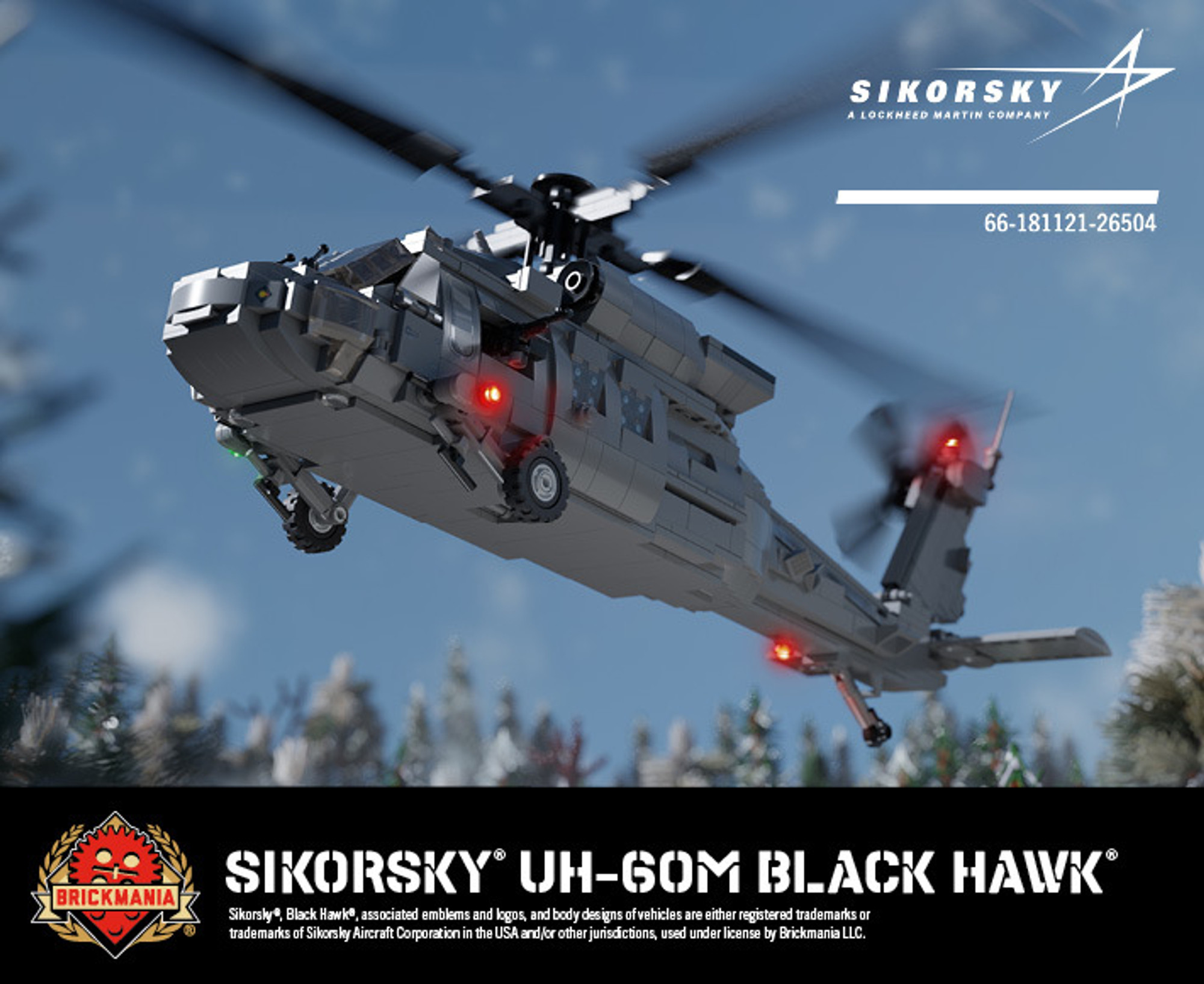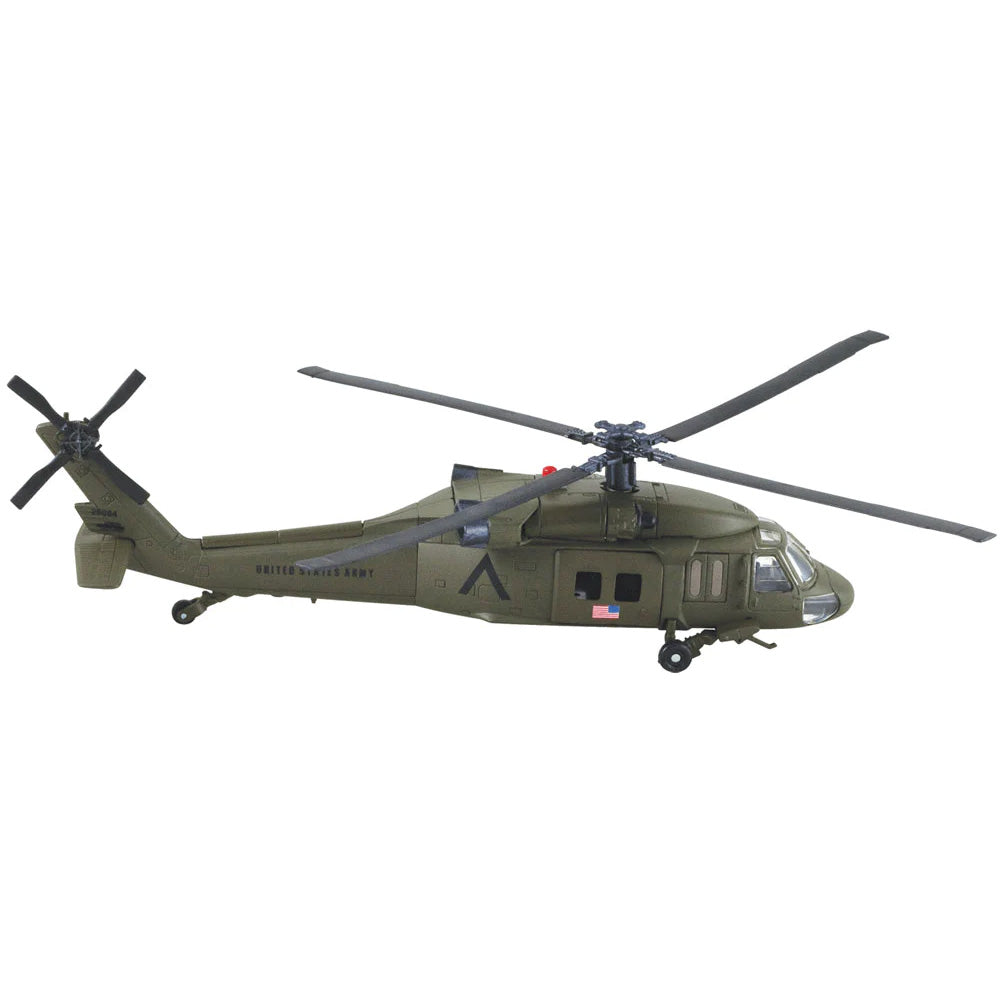Why the UH 60 Is Essential for Modern Armed Forces and Special Operations
Why the UH 60 Is Essential for Modern Armed Forces and Special Operations
Blog Article
Exploring the Background and Development of the UH 60 Helicopter

Origins of the UH-60
The origins of the UH-60 helicopter can be traced back to the late 1960s, a duration marked by the need for a versatile energy aircraft that might adapt to the developing needs of modern-day warfare. The united state Army identified the need for a replacement for the older UH-1 Iroquois, which was becoming progressively insufficient for the complexities of contemporary fight situations. In 1967, the Military initiated the Energy Tactical Transportation Airplane System (UTTAS) program, which sought to establish a multi-role helicopter efficient in different objectives, consisting of army transport, clinical discharge, and logistical support.
The UH-60 Black Hawk was presented, showcasing innovative layout aspects and advanced modern technology that set it apart from its predecessors. The UH-60 swiftly acquired acknowledgment for its durable performance, integrity, and adaptability, leading the method for its comprehensive usage in armed forces operations and solidifying its standing as a foundation of U.S. Military air travel.
Secret Style Functions
Ingenious style features of the UH-60 Black Hawk significantly add to its functional efficiency. One of one of the most notable aspects is its twin-engine configuration, which improves integrity and supplies a higher power-to-weight ratio, allowing the helicopter to execute under various problems. The airplane's four-blade major rotor system provides enhanced lift and ability to move, important for tactical missions.

In addition, the cockpit is designed for optimum exposure and ergonomics, including sophisticated avionics that enhance pilot procedures. The modular style of the UH-60 allows for easy upkeep and adaptability, making it suitable for different mission accounts, from troop transportation to medevac procedures. These vital layout features make certain that the UH-60 Black Hawk remains a reputable and functional asset in armed forces aeronautics, capable of satisfying the needs of modern war.
Technical Developments
Current technical developments in the UH-60 Black Hawk have dramatically enhanced its operational abilities and convenience. The integration of sophisticated avionics, such as electronic trip control systems and boosted situational awareness screens, enables pilots to run with raised precision and efficiency. These systems assist in boosted navigation, communication, and information sharing, making it possible for the helicopter to function properly in diverse atmospheres.
In addition, the introduction of composite materials has actually lowered the total weight of the airplane while keeping architectural honesty. This decrease boosts gas performance and expands functional array. The unification of innovative blades modern technology, consisting of using four-blade, fully expressed rotor systems, has improved lift efficiency and maneuverability, enabling far better handling in various trip conditions.

Additionally, improvements why not try these out in propulsion systems, such as the T700-GE-701D engines, have actually raised power result and integrity - uh 60. These engines contribute to remarkable efficiency in hot-weather and high-altitude problems
Last but not least, the assimilation of self-defense systems and boosted sensing unit bundles enhances the Black Hawk's survivability and goal efficiency. Collectively, these technical renovations guarantee that the UH-60 Black Hawk continues to be an essential asset in modern aeronautics, with the ability of adjusting to the progressing demands of humanitarian and army objectives.
Role in Armed Force Workflow
As the foundation of united state Army aeronautics, the UH-60 helicopter plays an important function in various army operations, offering as a versatile system for combat assistance, transportation, and medevac goals - uh 60. Its style incorporates the ability to operate in varied environments, making it necessary for troop activity and logistical support in both unique and conventional war

In medical evacuation scenarios, the UH-60 has proven important, considerably minimizing the time to transfer wounded soldiers from the browse around these guys battlefield to clinical centers. Its sophisticated avionics and night vision capabilities additionally make sure objective success under tough problems. On the whole, the UH-60 helicopter remains a crucial possession, continually adjusting to fulfill the evolving demands of military procedures and enhancing the effectiveness of united state forces worldwide.
Future of the UH-60
Looking in advance, the future of the UH-60 helicopter includes substantial improvements in technology and capacities developed to boost its operational effectiveness. As armed forces operations progress, the UH-60 is expected to include innovative modern technologies, including boosted avionics, boosted tools systems, and progressed communication devices. These enhancements will enable higher situational awareness and objective adaptability, making certain that the UH-60 remains a vital possession on the field of battle.
One notable advancement is the assimilation of fly-by-wire systems, which will enhance trip control precision and lower pilot workload. Furthermore, efforts to update the airframe and engines intend to enhance payload, array, and speed ability, thus expanding the helicopter's functional scope (uh 60).
The future likewise link holds assurance for boosted interoperability with unmanned aerial systems (UAS), enabling worked with objectives that take advantage of both manned and unmanned abilities. In addition, the unification of fabricated knowledge and artificial intelligence can maximize trip characteristics and maintenance processes, leading to reduced operational prices.
Verdict
The UH-60 Black Hawk helicopter stands for a considerable accomplishment in military aviation, advancing from the united state Military's initial requirements for a versatile utility airplane. Its cutting-edge style functions and constant technological advancements have guaranteed its relevance in different armed forces procedures over the years. As the needs of modern-day war modification, the future of the UH-60 will likely entail more improvements and adaptations, strengthening its status as an important property for militaries worldwide.
The UH-60 Black Hawk helicopter represents a substantial turning point in military air travel, emerging from the United state Army's pursuit for a much more versatile and reputable utility airplane in the late 20th century.The beginnings of the UH-60 helicopter can be mapped back to the late 1960s, a duration noted by the demand for a functional energy airplane that might adjust to the developing demands of modern-day warfare. On the whole, the UH-60 helicopter stays a vital possession, continuously adapting to meet the evolving needs of military operations and enhancing the efficiency of U.S. pressures worldwide.
Looking in advance, the future of the UH-60 helicopter includes substantial developments in modern technology and capabilities developed to boost its operational efficiency.The UH-60 Black Hawk helicopter stands for a significant success in army aviation, progressing from the United state Military's initial demands for a flexible energy aircraft.
Report this page